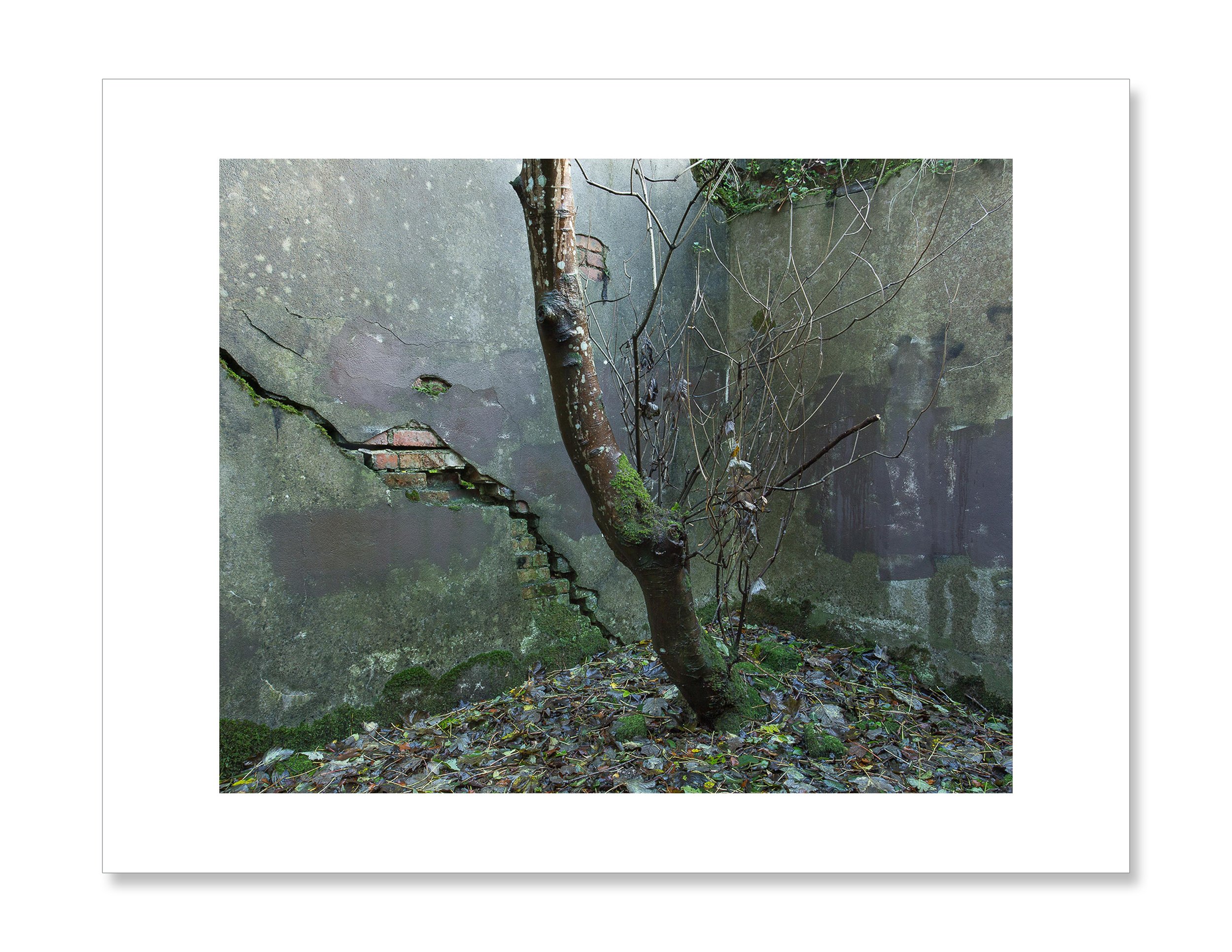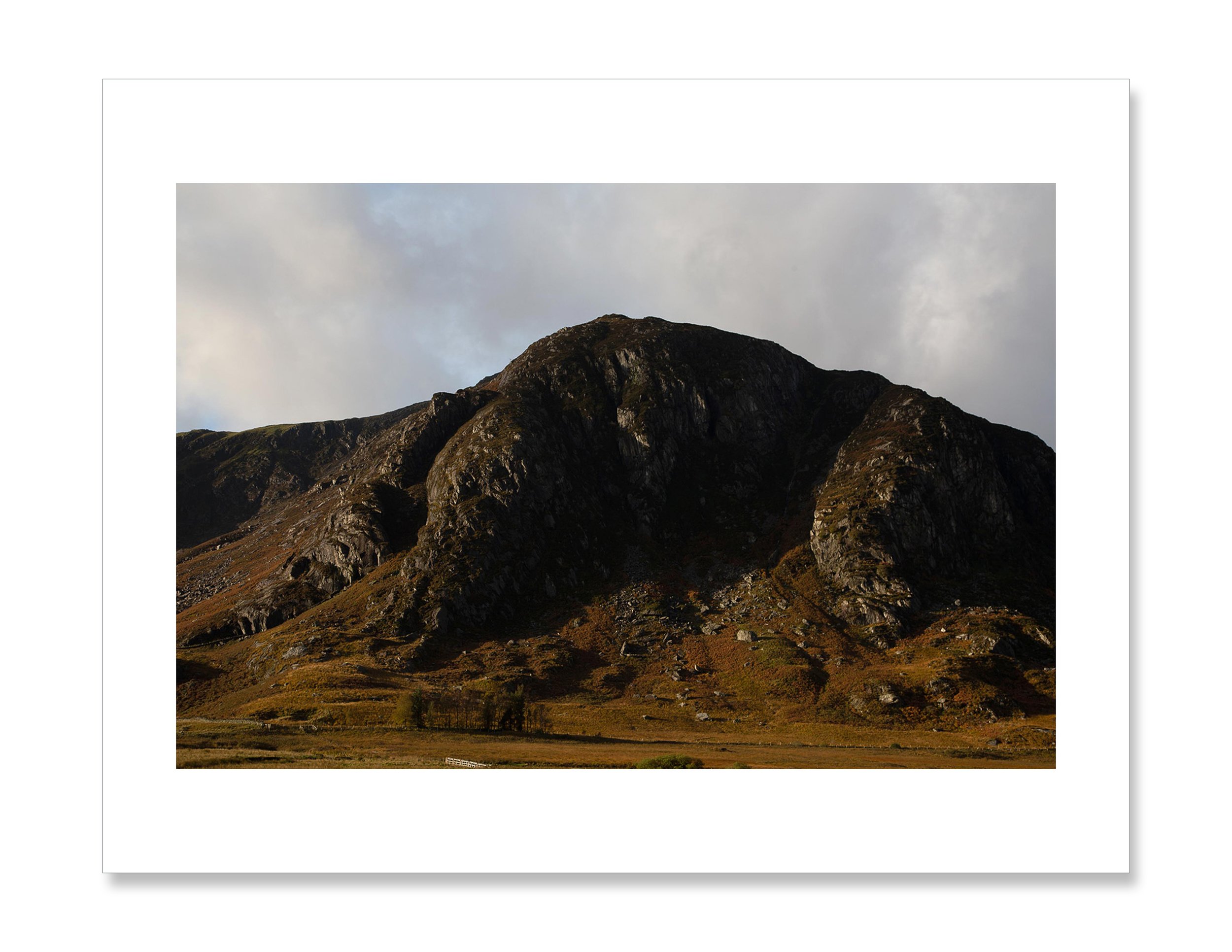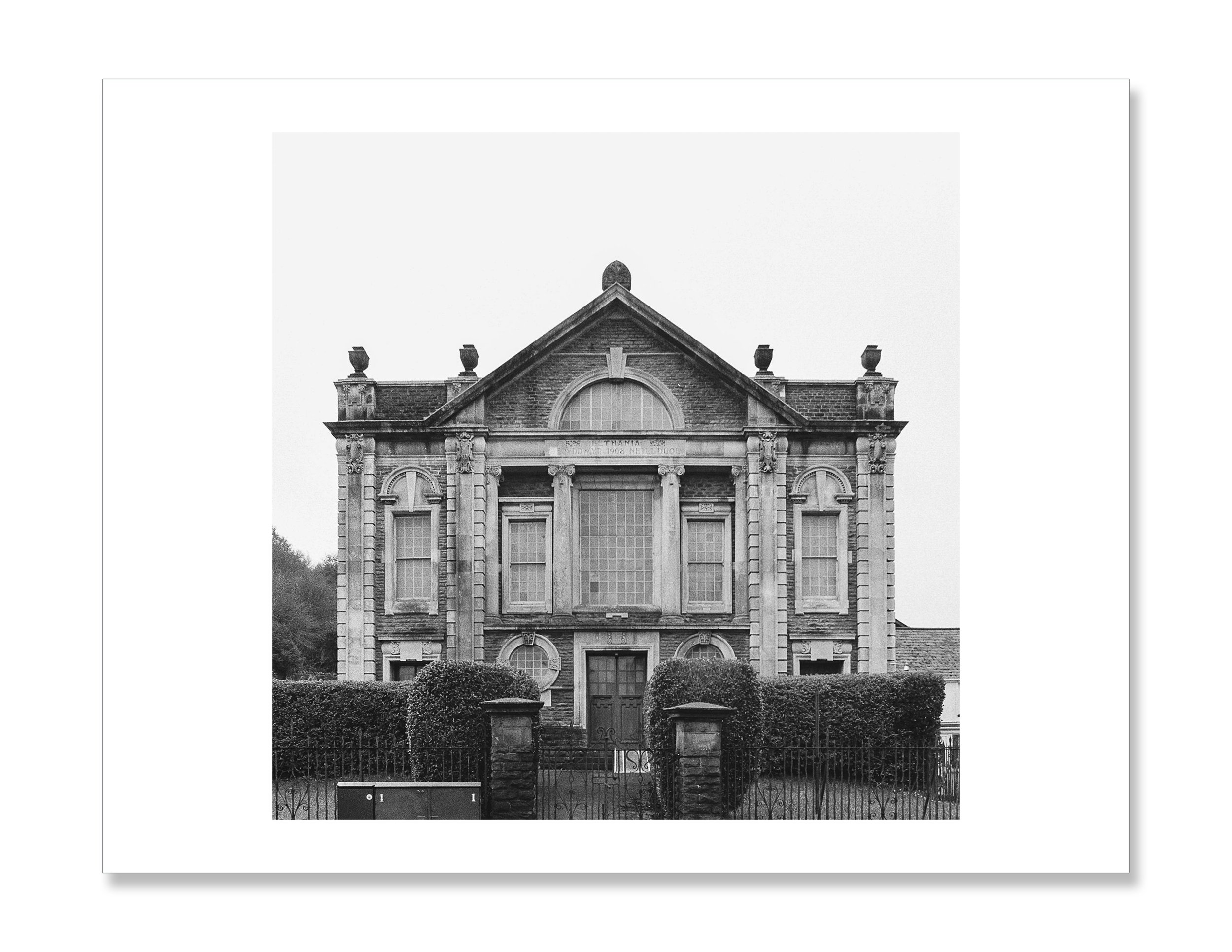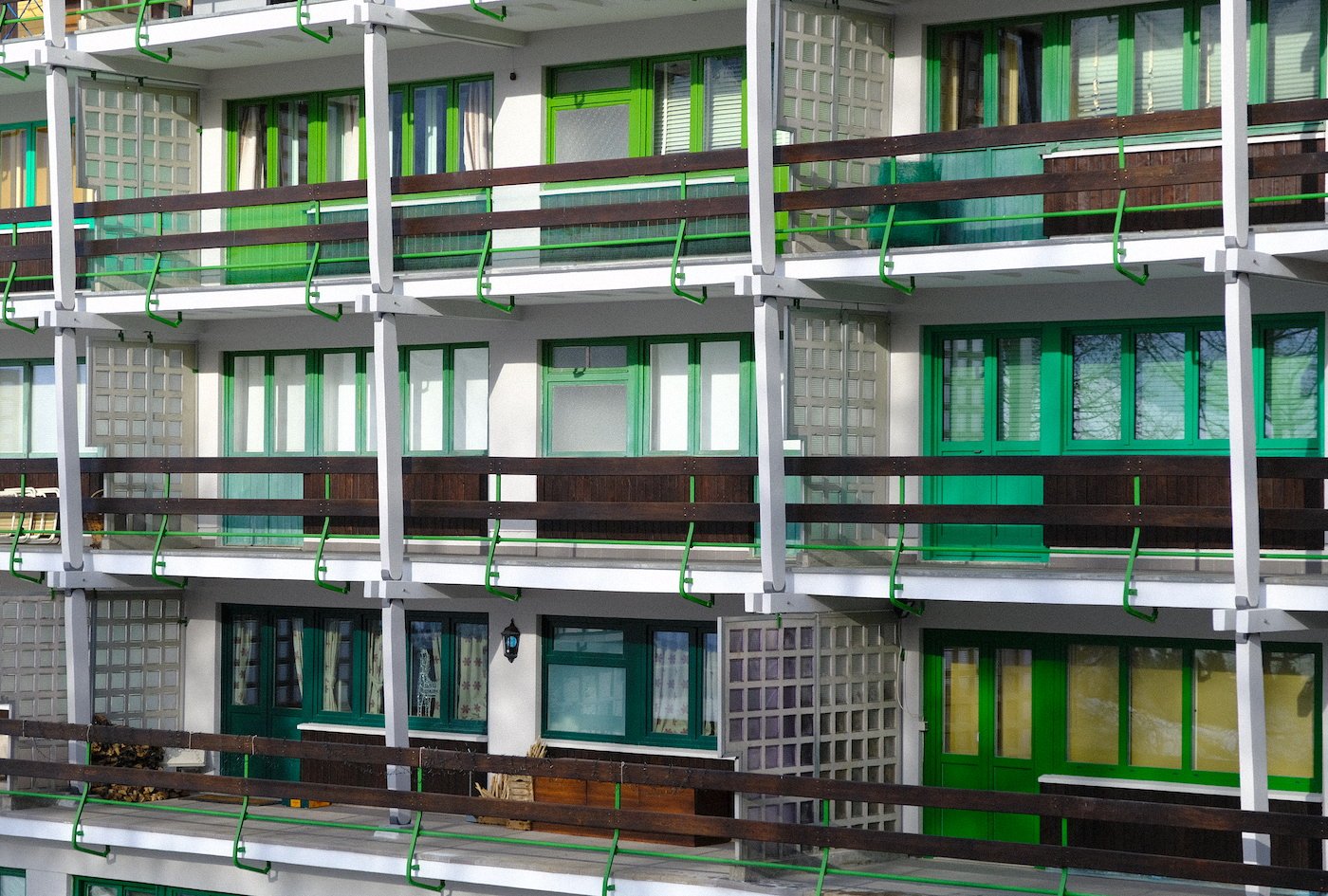MAP6 are delighted to have our book Finland: The Happiness Project on show as part of Format Festival’s Photobook Exhibition. The Photobook Market and Photobook Exhibition are a part of FORMAT23 and will take place in Derby during the festival’s opening weekend.
Alongside the FORMAT Photobook Market, which will include a space for selling/buying, presenting and signing books, there is the FORMAT Photobook Exhibition which aims to show the development of the photobook and its challenges and opportunities in this digital age. Various books, including independent and commercial, handmade as well as self-published, will be displayed in a ‘reading room’ space for the duration of the festival.
The three-day event, will take place between Friday 16 and Sunday 19 March at the Derby Museum and Art Gallery. You can find out more on the Format Festival website here.




























































































































































